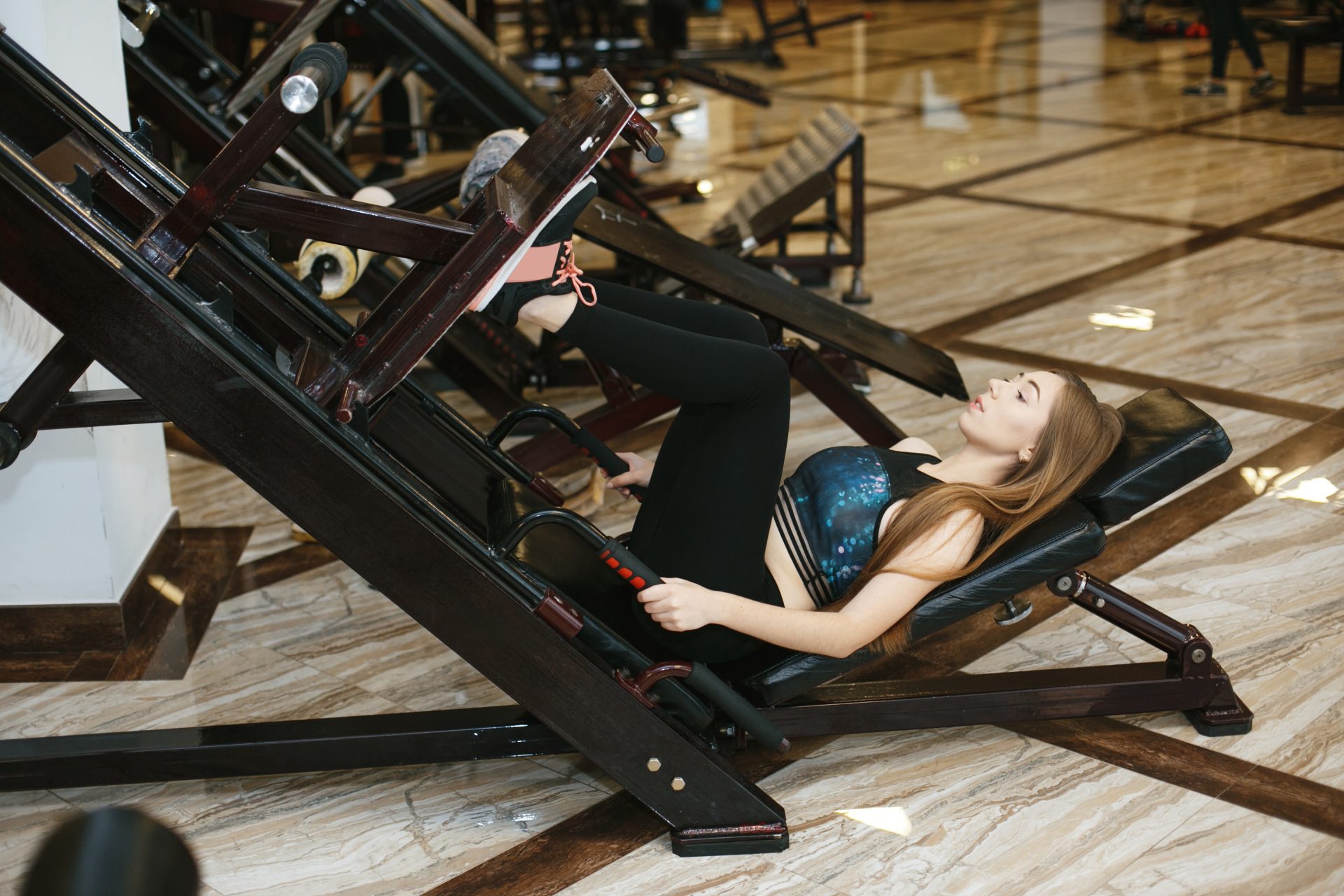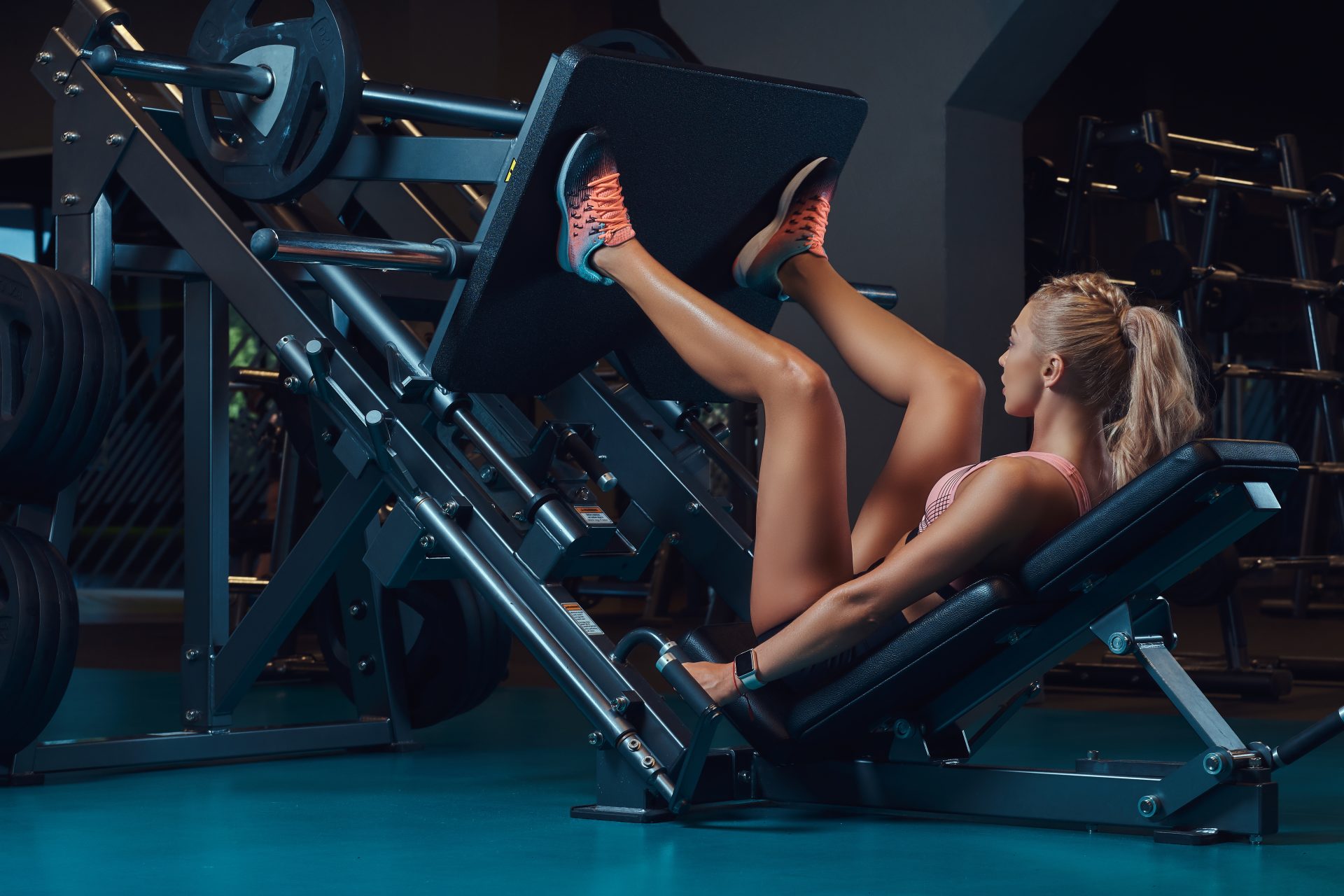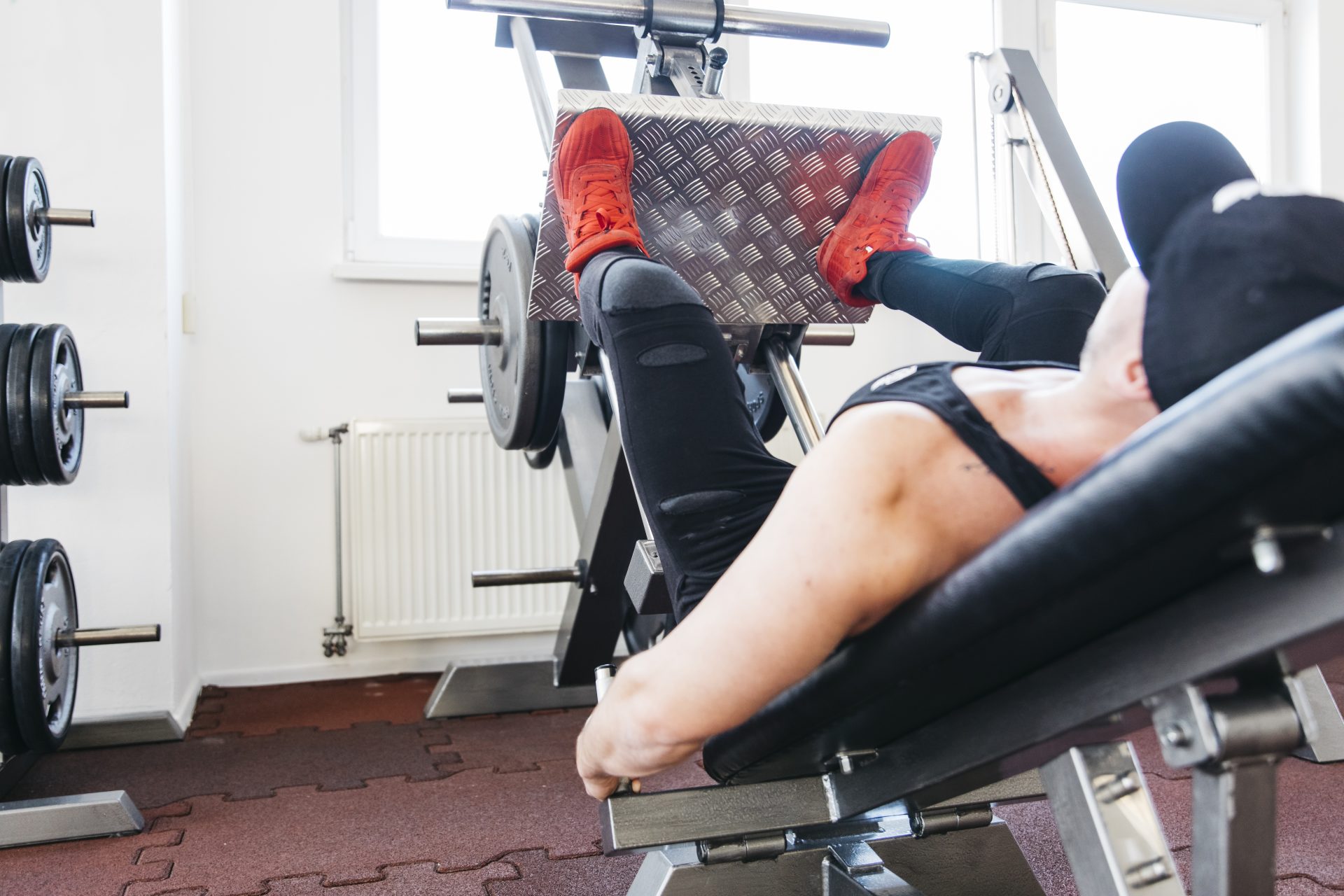Have you ever been in the gym and noticed a leg press machine that looks like it has more weight than it should? Or, have you ever heard someone talking about how much weight they can press on their leg press machine? If so, then you may be wondering what the average weight of a leg press machine is. This blog post will discuss the different types of leg press machines and their respective average weights, as well as methods to accurately measure the weight of a leg press machine.
Contents
- So, How Much Does a Leg Press Weigh?
- Definition of Leg Press Machine
- Factors Affecting Weight of Leg Press Machines
- Types and Average Weights of Leg Press Machines
- Methods To Accurately Measure The Weight Of A Leg Press Machine
- Summary Of Average Weights For Each Type Of Machine
- There Are Several Factors
- Conclusion
So, How Much Does a Leg Press Weigh?
Typically, the initial weight used for leg presses ranges between 100-170 lbs (45-77 kgs). However, the specific amount may vary depending on the type and brand of the machine used.
For example, Cybex and Hammer Strength offer angled, pivot, and machine-style leg presses.
A sled on a leg press typically weighs anywhere from 0-200 pounds. The amount of weight will depend on the construction and quality of the leg press, as well as the type of weights loaded onto the sled.
Further, most sleds will come with weight pegs that allow additional weights in excess of 400 pounds to be added as needed.
Knowing how much weight to use while performing exercises on a leg press is essential in order to reap maximum benefit from the workout while avoiding potential injuries.
It is important to only use a weight that is comfortable and manageable so you can maintain proper form and motion while avoiding straining your muscles.
Definition of Leg Press Machine
A leg press machine typically consists of a platform for your feet and legs, plus adjustable weights or plates.
It is designed to strengthen and build your muscles in your lower body, specifically targeting the quads, glutes, hamstrings, and calves.
It is important to understand the type and amount of weight before using a leg press machine to ensure safety while using this equipment.
Leg press machines are popular exercise equipment used to develop and strengthen the muscles of the legs and glutes.
The average weight of a plate-loaded leg press typically ranges from 75 to 400 pounds.
Leg press machines often have stacks of weights built in that contribute to their total weight.
On average, they weigh around 100 to 300 pounds. Leverage leg presses tend to have heavier frames and counterbalance over other types, making them weigh around 140 to 500 pounds (source).
Different variations may offer different levels of adjustments for how much weight is added, but the range typically stays the same.
These numbers are important for those using leg presses because it helps ensure that their form is accurate and avoids unnecessary injuries from lifting too much or too little weight.
Factors Affecting Weight of Leg Press Machines
The weight of a leg press machine depends on several factors such as the type (plate-loaded, selectorized, or leverage) and brand.
Different models also come with variable amounts of added weights that can be used in addition to those already built into the machine.
This can affect both how much total weight is available for use as well as how much additional weight can be added to each type of machine.
It is important to read up on both these factors before using any particular model or brand.
Additionally, knowing exactly how much weight you are pressing at any given time helps ensure safety during workouts since you can avoid attempting too heavy weights too soon.
Weight measurement is a fundamental part of weightlifting, whether it be for safety, tracking progress, or perfecting form and technique. With weight-bearing exercises such as the leg press machine sled, accuracy in weight measurements can mean the difference between injury and health.
Ineffective workouts due to inaccurate data and slight inconsistencies versus efficient and effective weight training.
Machines such as this support the implementation of consistent weight measurements that can be used to help athletes accurately track their progress while weightlifting safely.
Knowing what weight was used during each training session is essential to creating measurable goals that will encourage development without compromising safety concerns.
Types and Average Weights of Leg Press Machines
There are three common types of leg press machines available today – plate-loaded, selectorized, and leverage machines – each with their own average weights based on make/model/brand.
Plate-loaded machines usually range from 500-1000 lbs., selectorized machines range from 200-400 lbs., while leverage machines range from 600-650 lbs.. Of course there are outliers which go above or below these ranges but these numbers provide good reference points when considering buying one for your home gym or comparing them at commercial gyms near you.
Methods To Accurately Measure The Weight Of A Leg Press Machine
Accurately measuring the weight of a leg press machine starts with checking markings from manufacturer for exact specifications for that particular make/model/brand – including maximum capacity if applicable – followed by weighing plates/scales if necessary (if not already provided).
Some models come with digital displays that show the exact amount being lifted at any given time but even those should be double checked manually against scales/plates if possible just in case there are discrepancies between readings due to calibration issues or other reasons.
For example, some commercial gyms may have had their machines calibrated incorrectly resulting in inaccurate readings displayed on screen which could lead to an unsafe environment if left unchecked by staff members regularly monitoring these readings against actual scales whenever possible!
Summary Of Average Weights For Each Type Of Machine
When working out with any type of equipment safely it’s important to know its exact specifications including its accurate total weight capacity at all times.
This holds true especially for leg press machines which come in three main varieties:
- plate-loaded (500-1000 lbs.)
- selectorized (200-400 lbs.)
- leverage (600-650 lbs.)
Each with their own distinct characteristics affecting total maximum load capacity per model/brand.
Additionally it’s important to check labels from manufacturers along with manual weigh ins via scales/plates when necessary just in case there are discrepancies between readings due calibration issues or other reasons resulting in an unsafe environment if left unchecked by staff members regularly monitoring these readings against actual scales whenever possible!
This ensures that everyone who uses this equipment does so safely without risking injury due incorrect measurements either way!
There Are Several Factors
When deciding which leg press machine to purchase, there are several factors you should take into consideration.
The type of leg press (plate-loaded, selectorized or leverage) will affect the overall weight of the machine sled.
Additionally, each leg press model and manufacturer have different size and dimensions that directly relate to the leg press weight.
Furthermore, it is important to pay attention to the maximum weight capacity each leg press can hold. Doing so ensures that your leg press meets all your strength and size needs.
Checking the leg press weight is an important task that should be undertaken to ensure users are lifting the correct amount of weight during leg press exercises.
One method for achieving this is to refer to manufacturer markings in order to accurately gauge the weight of the leg press machine.
Additionally, users can invest in scales or weightlifting plates as a more accurate solution for measuring leg press bar weight. This will help them determine their progress and track any changes over time.
By taking these steps, individuals can be confident that they are exercising safely and effectively with the leg press machine.
Conclusion
Working out with gym machines safely can be tricky business. Luckily, this article highlights the average weights for each type of machine.
With the right measurements, you can make sure that your exercise routine is both safe and effective.
Not only will knowing the average weights give you an idea of which machines to use, but it will help you track your progress more accurately. It’s important to take precise readings in order to get the best possible workout and stay safe while doing so.
With a little knowledge of what each machine entails, as well as an understanding of proper weights and measurements, you can easily reap the benefits of strength training on gym machines.




